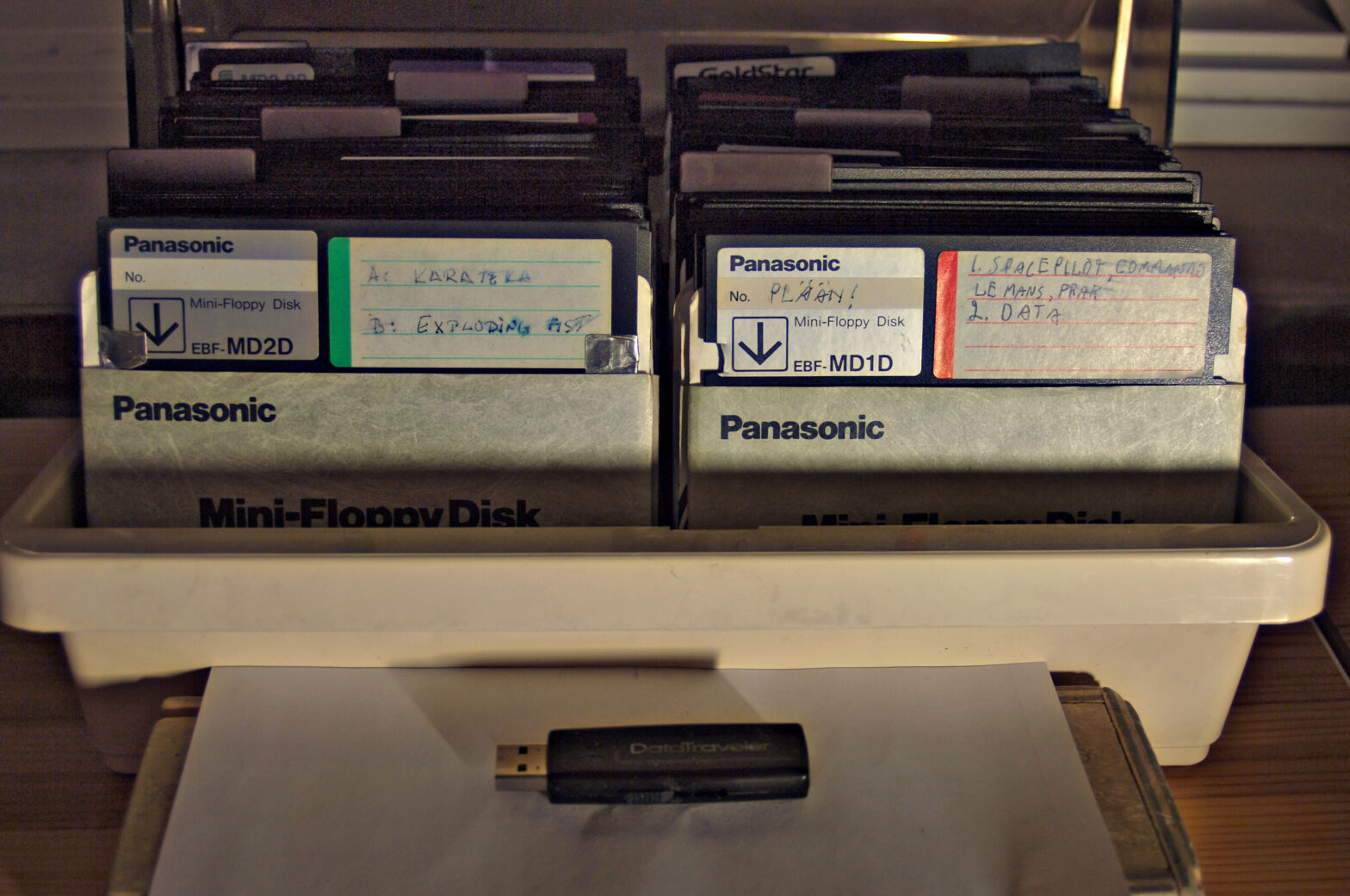What if digital preservation was as simple as writing your digital data (born digital or digitised – it doesn’t really matter) to a very special storage medium? So special that once you’d written your data to it, you could forget about it for hundreds of years?
How special would it have to be? Would you go for it? What criteria would it have to satisfy to seduce you?
Easy and inexpensive to read
A blog post written by Chris Erickson, who writes about digital preservation matters, discusses a recent article – ‘Permanent Digital Data Storage: A Materials Approach’ – which conveys the case for a medium (called M-Disc) that has (very) long-term permanence and that will be “relatively easy and inexpensive to read” far in the future even if the original writing and reading technology is no longer available. 100 to 200 years is their goal.
>See also: Adaptive storage: compromise or the best of both worlds?
I think that the article Chris has highlighted is conflating two issues relating to deep archival storage. One is the assertion that the ‘marks’ on the medium are relatively easy and inexpensive to read, and the other is that the technology to do so is widely available (today), has high levels of adoption (today) and that “adoption is a powerful predictor of relative permanence of readability”.
This is missing the point. A permanent medium that allows us to store and forget cannot have a “and hope for the best” element to it based on the fact that the technology is widely adopted and popular (and that, therefore, it will be easy to read the data back in hundreds of years).
There is no history of a digital medium being easy to read long after the technology that wrote it is no longer available (digital tech is simply too young). And because there’s no history of this happening, it’s doubtful anyone would be willing to take the risk of “storing and forgetting” with this one. And there is another big issue here as well: which data file format to use when writing in “store and forget” mode.
Human readable?
When you burn data to that optical M-Disc so that you can forget it for hundreds of years, what file format are you going to burn it with? One of the big challenges of digital preservation is not only being able to read the actual bits as they were stored, but also to have a mechanism (software) to open and read the file itself. There are organisations whose sole aim is addressing this specific issue.
Digital preservation is obviously a complex topic and there are many facets to it. We mustn’t forget how we’re going to read those perfectly preserved, permanent bits on that piece of storage media 200 years from now.
For a medium to actually be "store and forget", it has to have human readability along with its permanence – a very difficult combination.
Sourced from Nik Stanbridge, VP Marketing, Arkivum










